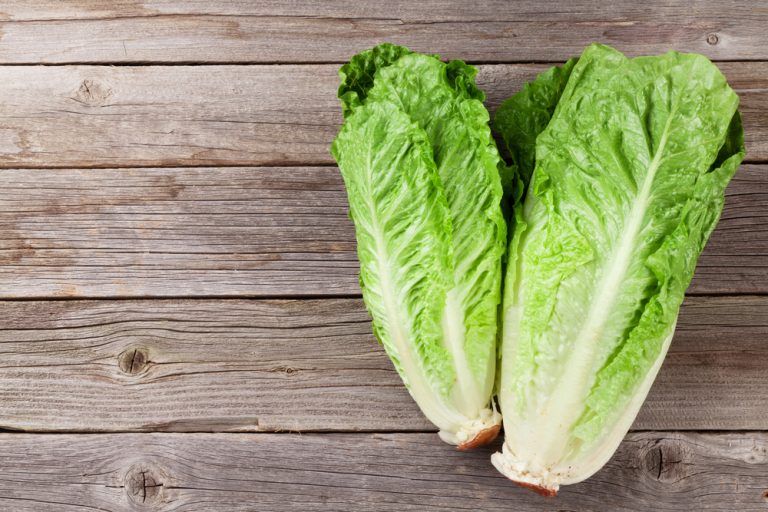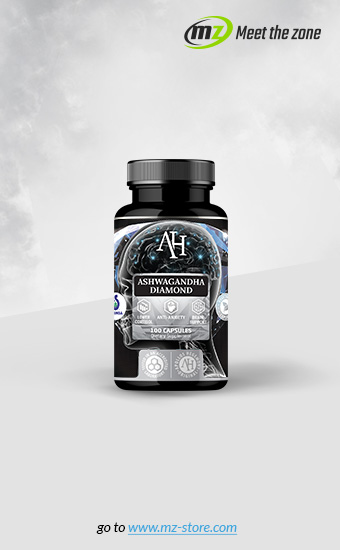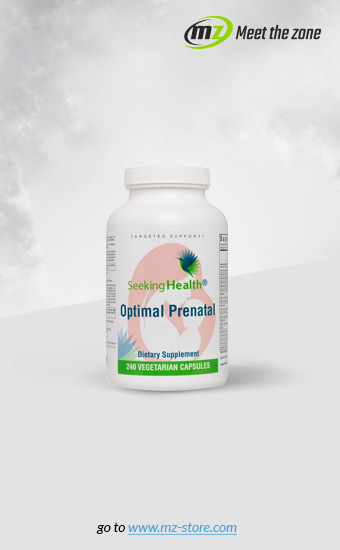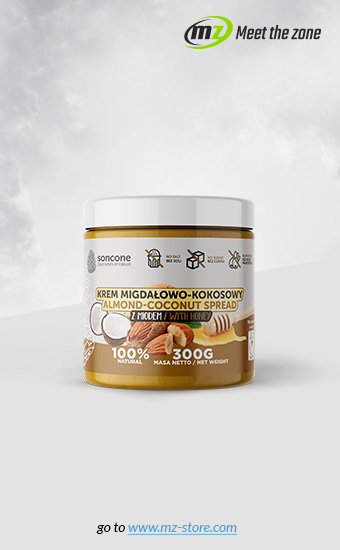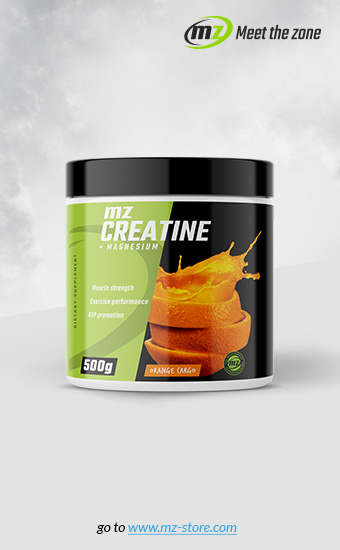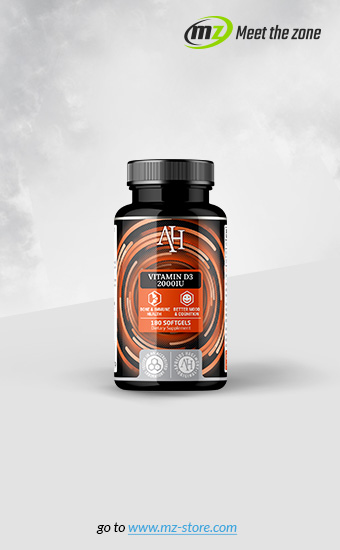Roman lettuce is a kind of lettuce known for its being the main ingredient of Caesar salad. It is easily available, you can buy it in supermarkets, grocery stores and local markets. Romaine lettuce not only gives meals a unique taste but is also rich in nutrients. Check the properties of romaine lettuce and its cultivation.
Romaine lettuce is a type of lettuce that is especially popular in Western Europe but is also available for sale in America, Africa, Asia and Australia. This lettuce is characterized by dark green, stiff and oblong leaves and a slightly bitter taste. It is juicy and crunchy, and its heads differ from the heads of butterhead lettuce - they are more elongated, compact and heavier.
The cradle of Roman lettuce is the Mediterranean and the Middle East. It was cultivated in ancient times and used for culinary and medicinal purposes to relieve pain.
Romaine lettuce - health properties
Romaine lettuce is characterized by low caloric value and by being a source of vitamins and minerals which are valuable for health-promoting actions. This lettuce is rich in beta-carotene, vitamin K, folates, vitamin C, vitamin B1 and vitamin B2. It also contains a significant amount of calcium, iron, potassium, copper and phosphorus. In addition, it is easily digestible.
The high content of vitamins A and C determines the antioxidant properties of lettuce. These vitamins are involved in dealing with free radicals and in result reducing oxidative stress, which prevents the occurrence of inflammation and chronic diseases.
The positive effect of romaine lettuce on the immune system is ensured by a significant content of vitamin C.
Thanks to vitamin A and vitamin C, romaine lettuce can also favourably affect the skin’s condition, increase its elasticity, reduce discolouration, wrinkles and age spots.
Due to the high content of vitamin K, it can improve bone mineralization and its strength.
Romaine lettuce contains a significant amount of iron, which is involved in the transport and storage of oxygen in the body and is used to produce red blood cells. Thanks to this, eating this lettuce is recommended for supporting the anaemia treatment. Also, the consumption of romaine lettuce, due to the high content of vitamin K, may be helpful in blood coagulation disorders.
Lettuce thanks to the presence of beta-carotene and vitamin C can protect the eye, preventing cataracts and macular degeneration.
Vitamin C and beta-carotene also prevent the oxidation of cholesterol, inhibiting the accumulation of it in the arterial vessels, which can result in a heart attack or stroke. Besides, the significant potassium content in lettuce may contribute to lowering blood pressure, thus reducing the risk of heart disease.
Thanks to the presence of folic acid and antioxidants, romaine lettuce may reduce the risk of cancer.
The high content of folates means that Roman lettuce is also recommended for pregnant women.
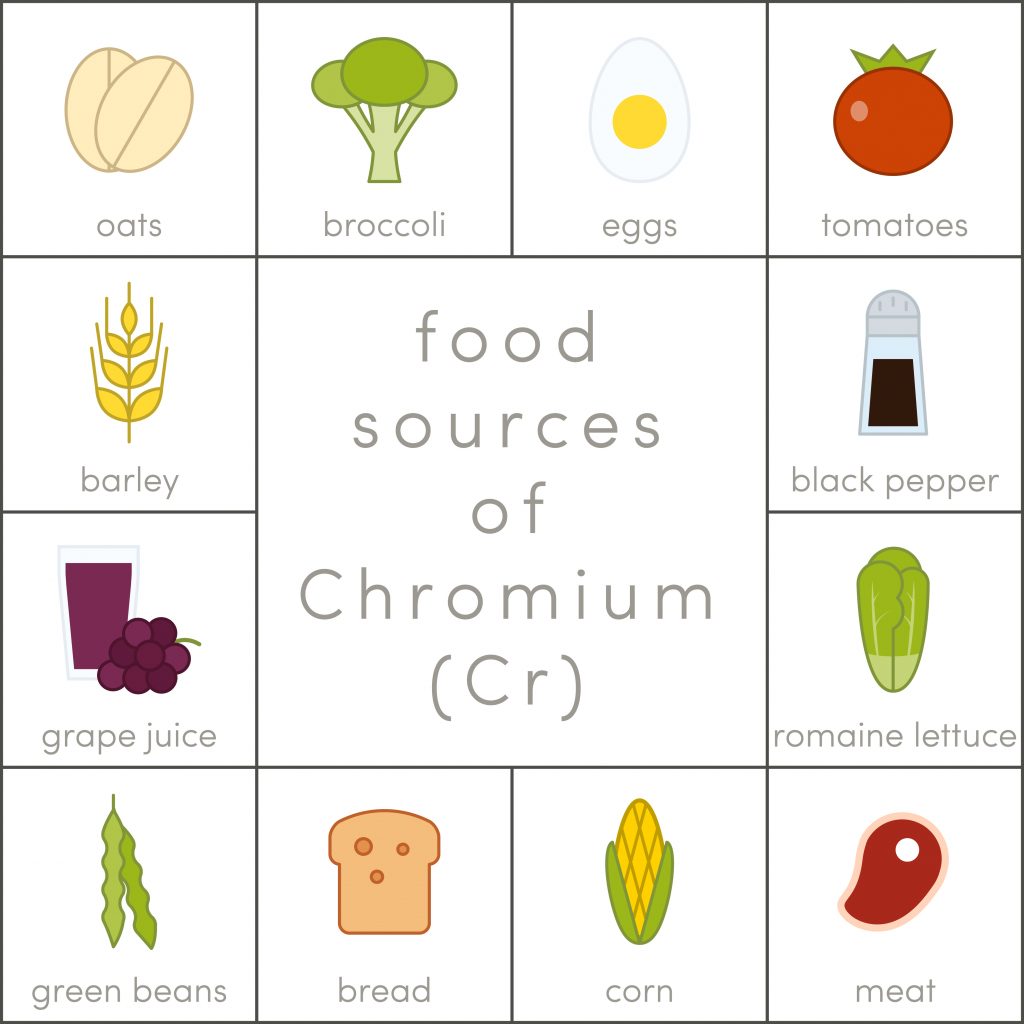
Romaine lettuce - cultivation
Roman lettuce can be successfully grown in the garden or pots at home garden. At home, lettuce can grow all year round, but the most prosperous crops of this lettuce are obtained by providing good sunlight. It is also worth taking care of the right soil with a pH of 6-7 mixed with organic compost.
Romaine lettuce - use in the kitchen
Romaine lettuce can be used in both hot and cold dishes, stewing, grilling and cooking. Before eating, lettuce should be cleaned, the outer leaves removed and the lower, white part of the lettuce head cut off because is usually very bitter which can be an unpleasant feeling. The leaves should be rinsed with water and dried.
Fresh whole Roman lettuce leaves are great for salads. Lettuce goes well with tuna, egg, poultry, feta, parmesan cheese, blue cheese, tofu, citrus fruits, pears, apples, avocados, olives and capers. Salads can be served with bulgur or whole-grain croutons.
Fresh lettuce can also be used for sandwiches and hamburgers. In addition, lettuce leaves can be eaten with sauces and dips.
Romaine lettuce can also be used for fruit and vegetable cocktails.
Romaine lettuce - contradictions
Romaine lettuce may carry the risk of infection with E.coli and Salmonella and heavy metals, so you should pay attention to the origin of the lettuce and thoroughly clean and wash it before consumption.
